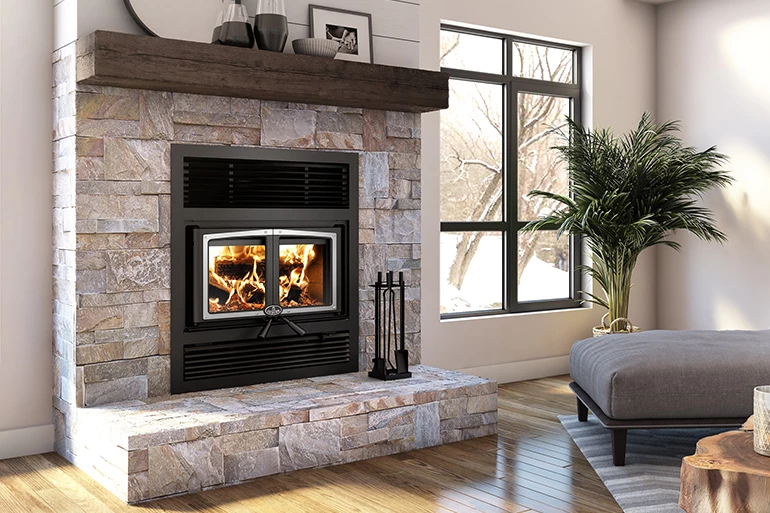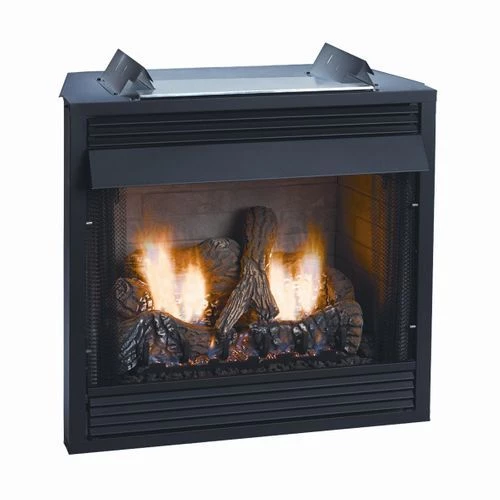How To Understand Confusing Fireplace Terms
For anyone who owns or is installing their very first fireplace, understanding hearth terminology can be challenging. Many terms are very similar and sometimes used interchangeably. While others may appear similar but are actually quite different.
-

- Napoleon High Country Wood Burning Fireplace
In this article, we will discuss many of the commonly used terms for fireplaces, fire pits and all types of heaters. We hope this will shed some light on the terms that are most confusing and give you new understanding of installing and maintaining your fireplace.
General Fireplace Terms
A fireplace is a heating appliance either built of stone or brick into the wall of your home or a complete appliance manufactured in a factory that is installed as a whole unit. A fireplace includes the firebox and the related fuel components, whether it be gas, wood, ethanol or gel fuel.
-

- Breckenridge Vent Free Firebox
What can be confusing is understanding the difference between a fireplace and a firebox. A firebox is the inner box of a fireplace or stove that houses wood, faux logs and/or decorative media. The firebox is simply the interior box and does not indicate the fuel type or appliance type.
While some people use the term "stove" to refer to a cast iron, wood burning stove, modern technology has created a new breed of stoves that can burn many types of fuel. These days a stove can be made from cast iron, steel, or soapstone and burn wood, gas, pellets or operate on electricity.
Customer Q&A with Product Specialists
Thank you for reaching out!
Thank you for your interest in our products. We've received your question and will get back to you shortly — usually within the hour but always within 1 business day. To ensure you receive our response, please add our email address (info@efireplacestore.com) to your email whitelist or address book.
In the meantime, while we prepare our response, keep an eye on your inbox for an email from us. We'll be sending you our exclusive Buyer's Guide, packed with valuable information to assist you in making the best decision for your needs.
If you have any further questions or need immediate assistance, feel free to reach out to us directly at 1-800-203-1642.
Thank you again for choosing eFireplaceStore.com!

